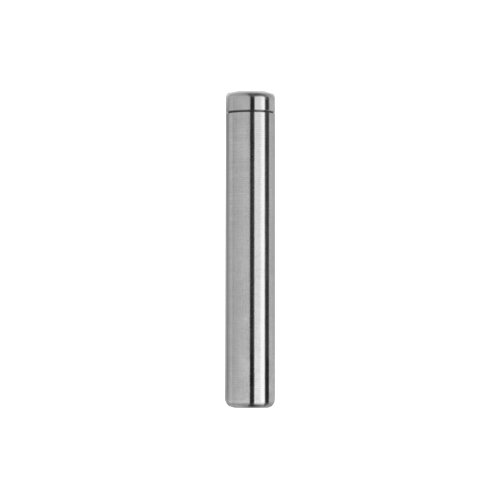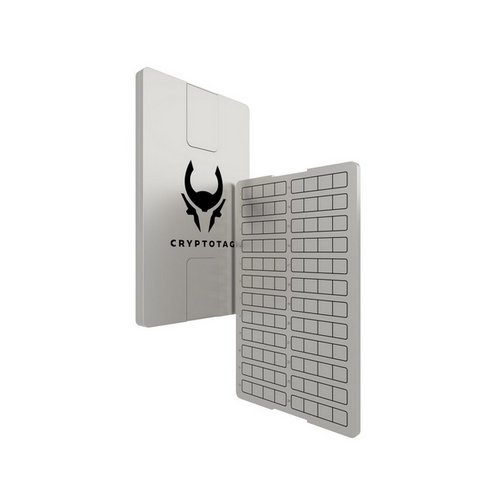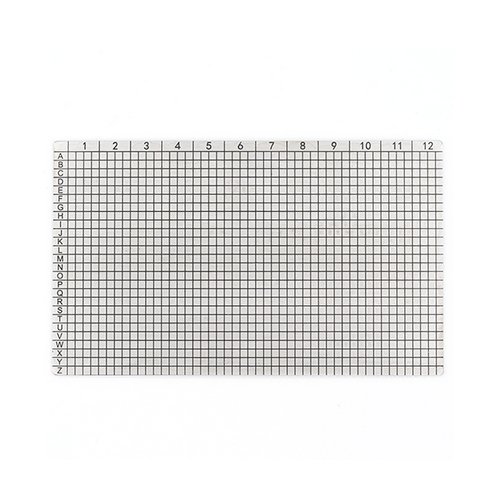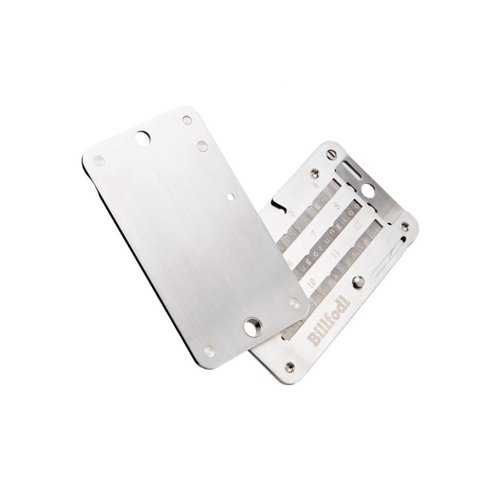The first form of cryptography meets the state of the art of Bitcoin cryptography.
The Keytala is a 3D printable tool that I wanted to create to encrypt and hide the private key in BIP39, it has a dual function, the first from which it takes its name, is the spartan scytale, the second is to help you create a DIY Metal Wallet, holding the punch and locking the washers on which to engrave your Recovery SEED, a kind of tool to facilitate the task.
I imagine you are wondering what is the Scytale, I leave you the quote from the beautiful book “Cryptography – A mathematical journey in the art of hiding scriptures“1 by Irene Barbensi – Edizioni ETS.
The Scytale goes back to the times of ancient Greece: it is one of the oldest cryptographic methods of which we are aware. The scytale was a cylindrical stick, built in two specimens of identical thickness. The sender wrapped a leather strap around the cylinder and wrote the message lengthwise.
Once the message was written, the leather harness was carried and worn as a belt by a messenger. The recipient to reconstruct the original message wrapped the leather band received around the twin stick and read the letters of the message longitudinally to the stick.
This was a first example of mechanical encryption, that is, an algorithmic encryption procedure that can be replicated with precise steps, a precise decryption key represented by the size of the stick, and an obfuscation requirement because the leather strip could be used as a normal belt by the messenger.
Printing the Keytala in 3D you will have a hexagonal “stick”, the words of the Recovery Seed of the various hardware wallet are usually 12 / 24 words, written according to the scheme BIP39 and that is 2048 English words of accomplished sense, the first four letters of each word are unique and to store them you just need to write the order of the words and the first four letters, as you do when activating a new Hardware Wallet when you have to write on a sheet of paper the Recovery SEED, which is only shown to you once.
Considering this, being six sides of the keytala, rolling on it a long strip of paper or other material more resistant, you just need to write on each side the 12 or 24 words so “01abcd, 02abcd, 03abcd, etc.” . Unrolling the strip of paper you will get a series of meaningless random letters and numbers, ideal for encrypting your SEED.
Another feature of the Keytala, less complex, but no less useful is to help you create your own cheap and secure metal wallet. As you can see in the photos below, the through hole is in the exact position to engrave on a M8/24 washer, placing the keytala on a hard surface, possibly metal, like a vice or a small anvil, Holding it with your left hand you can hammer your letters and the sequence of words “01abcd, 02abcd, 03abcd, etc.” which you can then store by locking them with an M8 bolt long enough to hold all 24 washers.
Basically the Keytala will be your JIG to facilitate you in the perfect engraving, my advice is to use an hummer quite heavy (the one in the photo is 1250gr) because to engrave the letters well, you should give a single well-dealt hit for each letter.
The professional way
There are various systems to keep the private key in BIP39 that is generated and displayed only once upon activation of a new hardware wallet. Usually in the packaging of your hardware wallet you will find some paper sheets where you can write your 12 / 24 words, are the simplest and cheapest method to preserve the recovery seed, but at the same time being made of paper they are delicate and can be easily damaged.
In recent years many metal cold wallets have arrived on the market, some even titanium, which have the function of keeping your words in an orderly manner. Usually they are plates where can be applied some plugs with the characters of the words, or plates to be punched or engraved. The state of the art is Cryptosteel Capsule a cylinder that neatly protects and preserves the dowels of the various characters. Below you can find the main devices, if you want to buy them directly from the manufacturers go to the accessories page of the site.
These accessories are great for protecting the private key and offer a high degree of safety, they are built of solid metal that resists to very high temperatures, and to the strongest stresses. You can find them in the tools section and they are the right support in the use of hardware wallets.
If you want to be totally independent, but have a more solid support for your Recovery SEED you have to buy punches, washers, bolts and nuts and hammer as a blacksmith the letters of your seed… Fatigue is the price of “Self Sovereignty“.
This is what you need to create your metal wallet:
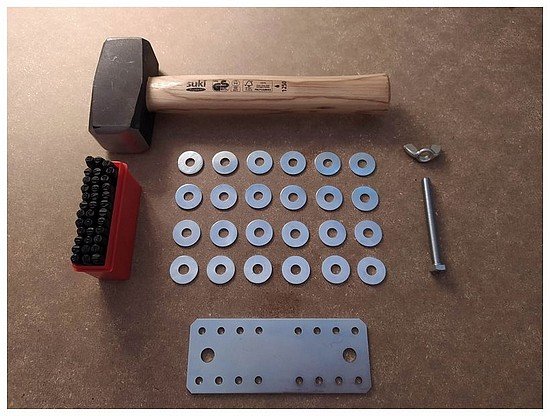
- 1 set of 6mm punches with 3mm letters
- 30 washers INOX M8/24 mm
- 1 bolt M8
- 1 M8 nut
- 1 hummer
- 1 steel base to be used as a support
- Obviously 3D print your KEYTALA
All you need can buy it in a hardware store, but if you can, support the site by buying something from the links listed, for example the punches, I would be grateful.
If you do not have a 3D printer you can use the online printing service of shapeways.com. You will have to print two pieces, because you will need to use the Keytala in Scytale version, to encrypt your recovery seed.
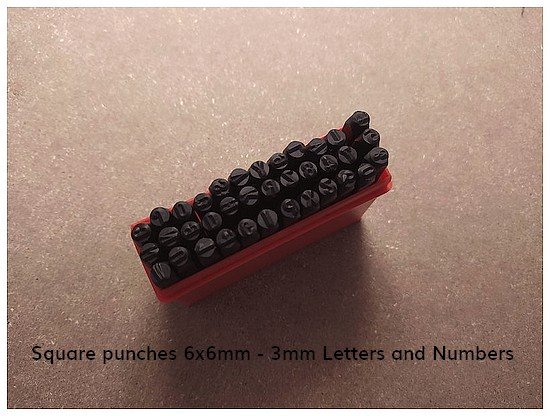 Punch set with letters and numbers size 6x6mm with 3mm characters Buy it here | 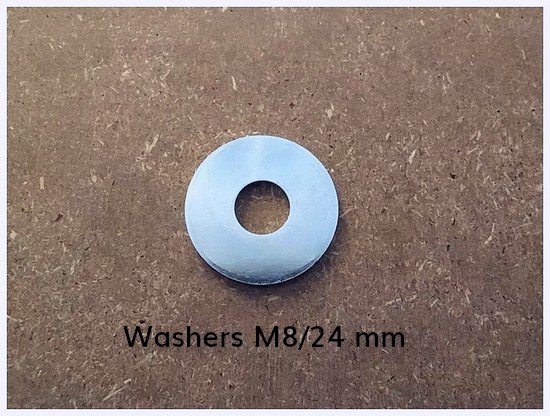 About 30 INOX M8/24 washers (Get some extra spare) | 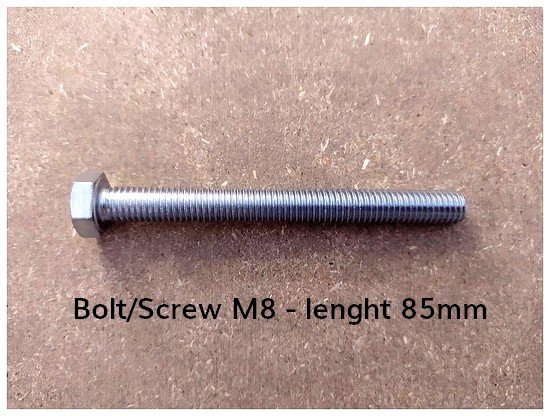 M8 bolt and nut |
Here are the instructions to create a Metal Cold Wallet:
| First of all 3D print your Keytala, at the bottom of this article you will find the link to download the STEP file, the file is in Creative Commons 4.0 I wanted to donate it for free and without asking for any email or other, the community Bitcoin is more important than any marketing funnel, I trust that you will make good use of it and that you will share and you will improve Keytala by quoting the source (hardwarewallet.it or keytala.com). If you can, purchase a hardware wallet by following the links on this site. | 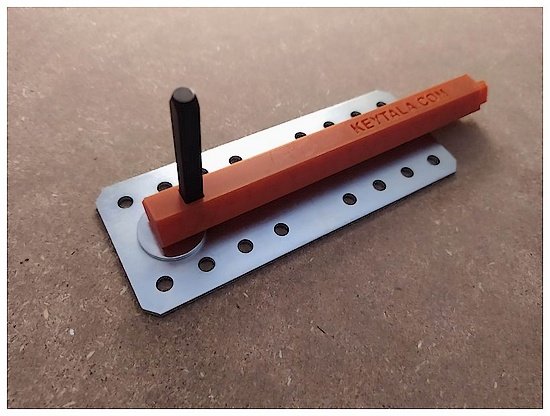 |
| As you can see the distance of the washer from the hole is perfect, the 6x6mm hole is ideal for 6×6 punches with letters and 3mm large numbers. | 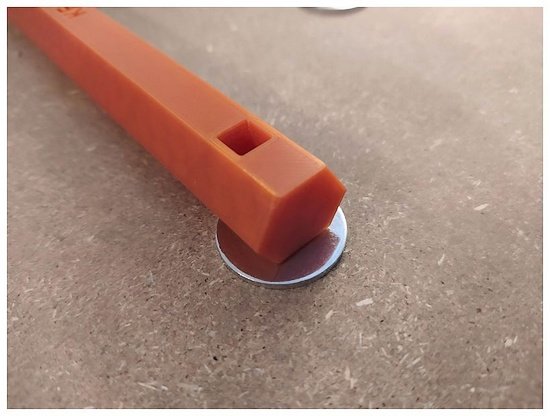 |
| The washer is perfectly flat with respect to the surface, just enough to bleed enough to rotate it and engrave the next letter. | 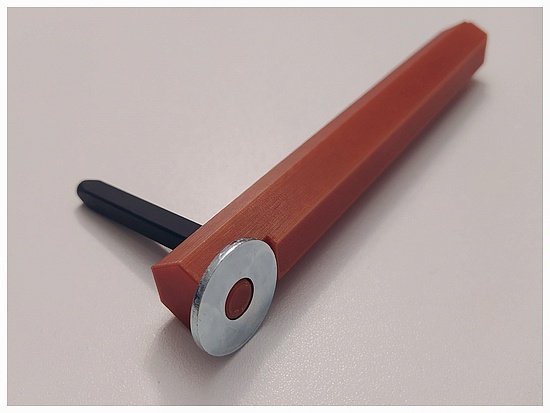 |
| The ideal is to use a heavy wad on a hard and solid metal surface, on the market there are small anvils, but also any 2mm metal plate, is enough. | 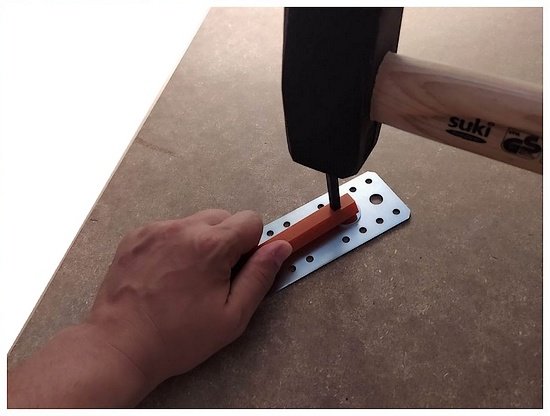 |
| Here is the result, by engraving the first 4 letters of SEED in BIP39, you don’t need to write anything else, because the first 4 letters are unique, be careful to indicate the exact order of letters. Es: 01abcd, 02abcd, 03abcd, 04abcd…. etc. | 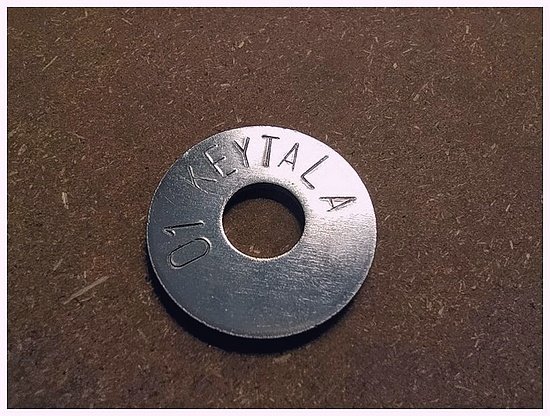 |
| Finally join the washers and fix them to a bolt with a normal nut. Here is your DIY Metal Wallet… | 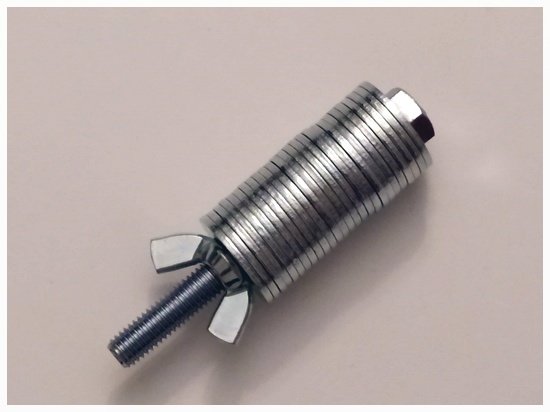 |
The other interesting use of the Keytala and the Scytale Spartana.
As written at the top of the page, the ancient Scytale encryption method is as simple as it is fascinating, only those who know how to decipher the paper strip through the hexagonal stick can trace back to your SEED.
It’s nice to think of the state of the art of Bitcoin cryptographic technology, to join one of the oldest known methods of cryptography by transposition (Lycurgus IX century BC).
This is what you need to use the Keytala version Scytale:
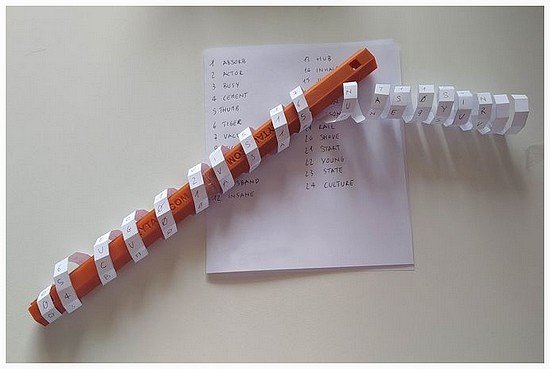
- 1 sheet of paper in A4
- 1 glue
- 1 pen
- Transparent tape
- Obviously 3D print your KEYTALA twice
If you do not have a 3D printer you can use the online printing service of shapeways.com. You will have to print two pieces, because you will need to use the Keytala in Scytale version.
Here are the instructions to use the Keytala as an ancient Scytale.
| After 3D printing the two pieces of your keytala, Join them with some transparent adhesive tape. | 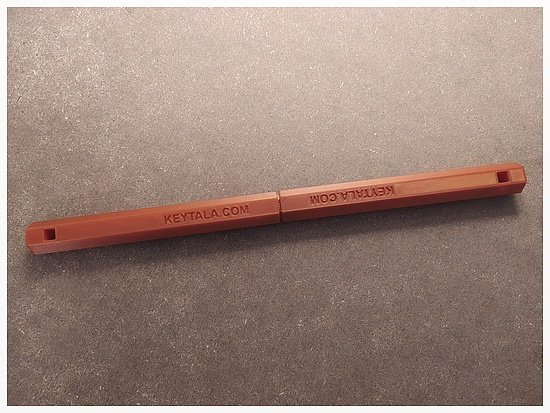 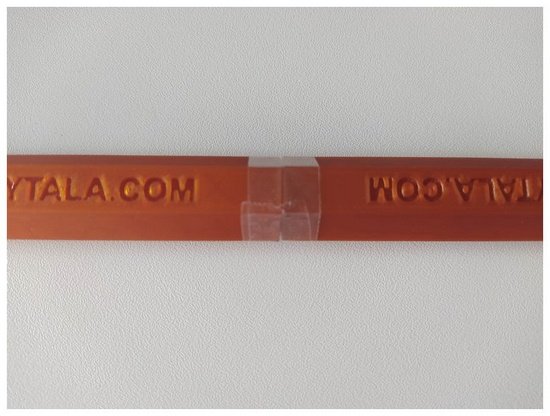 |
| Now take an A4 sheet and cut 6 strips at 1cm on the long side. After that, join the strips with normal glue. | 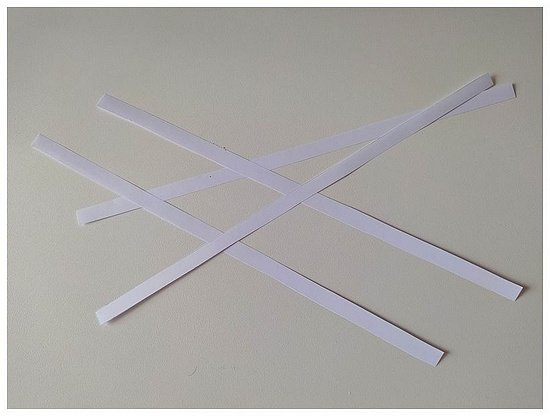 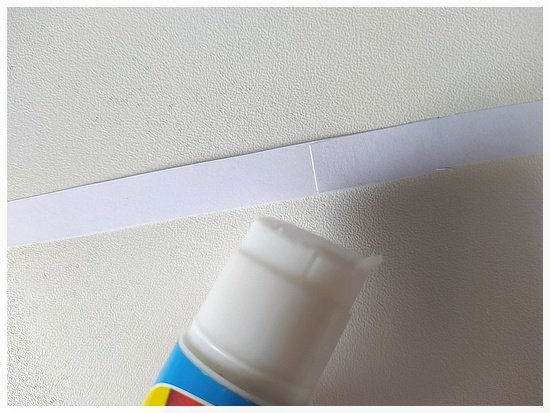 |
| Roll the strip of paper along your Keytala, the edges of the strip must adhere perfectly for the whole length, about 30cm, I recommend you to mark with a pen the first and last edge where it starts and ends the strip, so when you recompose the strip you will know the exact angle to give him. | 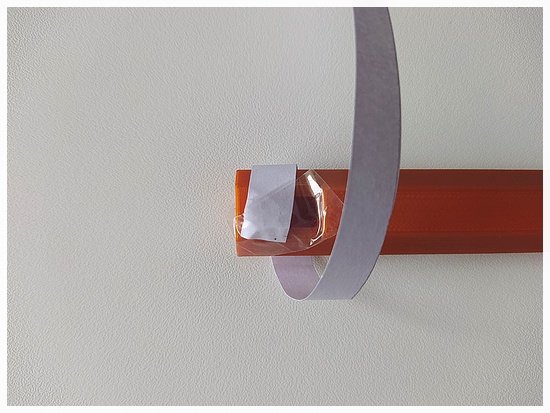 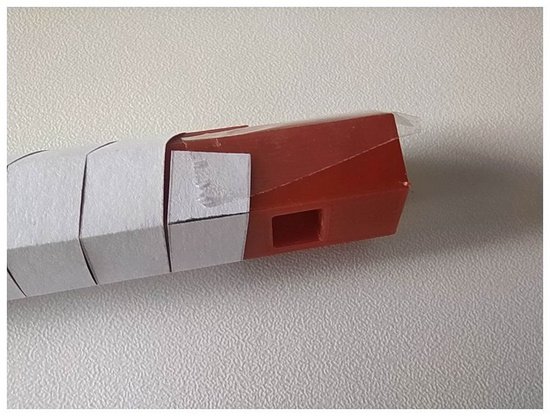 |
| After that, take your Recovery Seed and start write longitudinally on each side the first 6 words, giving the order, e.g.: 01ABSO, 02ACTO, 03BUSY, 04CEME, etc… continue until you write all 24 words, if one word is less than four characters write so, ex: 13HUB- , putting a dash in place of character. | 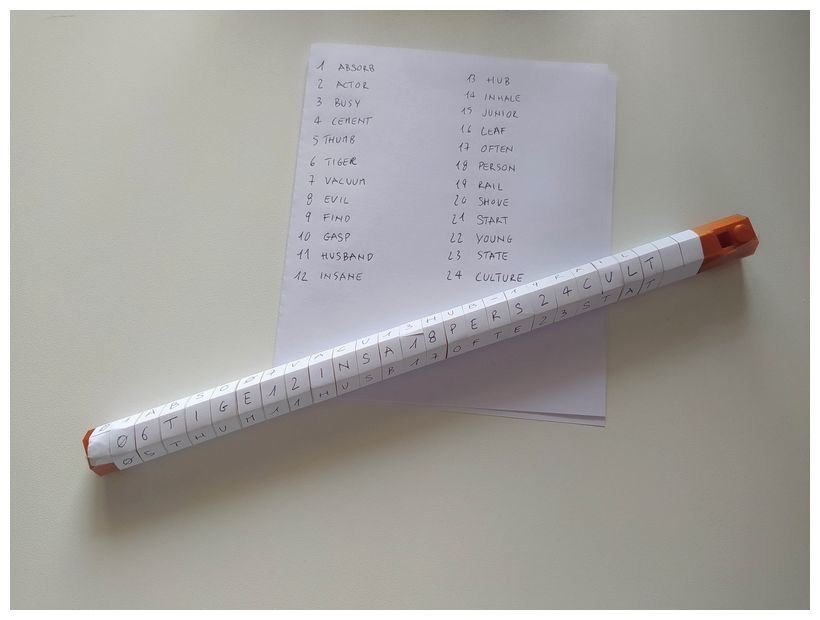 |
| When you have finished unrolling the strip of paper, you will get a series of random numbers and letters. Only with the Keytala, of the exact original size, you can recompose the message, your Recovery SEED. | 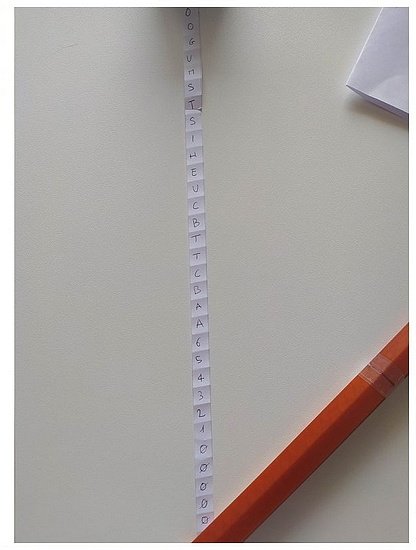 |
Where to download Keytala ?

I preferred to share Keytala files under Creative Commons license – Attribution-NonCommercial-ShareAlike 4.0 International (CC BY-NC-SA 4.0), so you are free to share the file and this web page as many times as you want… if you rework the Keytala, the license requires you to quote the source ( www.keytala.com or www.hardwarewallet.it ) and share the file in the same way.
*Limitation of liability – The use of Keytala does not guarantee the security of your Recovery SEED and does not want to be an incentive to use cryptocurrencies, every use is your responsibility and only you are responsible for your Recovery SEED, and your use of keytala. Keytala is a tool, a simple tool to simplify the creation of a metal wallet.
Bonus:
Before you stamp your Recovery SEED on metal, using Keytala, how can you do to generate the 24 words completely offline, with a calculator and dice to generate entropy ?
The veeb.ch website helps you with these two articles:
veeb.ch – Generating a secure Bitcoin wallet seed phrase, using dice.
veeb.ch – Addendum: The Full BP39 Seed Calculator PDF
Credits:
In the beginning, all started with Safu.Ninja
The project is inspired by Blockmit, from which it inherits the idea, simplifying it and adding the Scytale function – https://blockmit.com/english/guides/diy/make-cold-wallet-washers/
Other projects:
An interesting new project is – https://github.com/SeedMint/SeedMint
If you like the Keytala project share it on social media and spread the word, also remember that using a good hardware wallet is the safest solution currently on the market…


